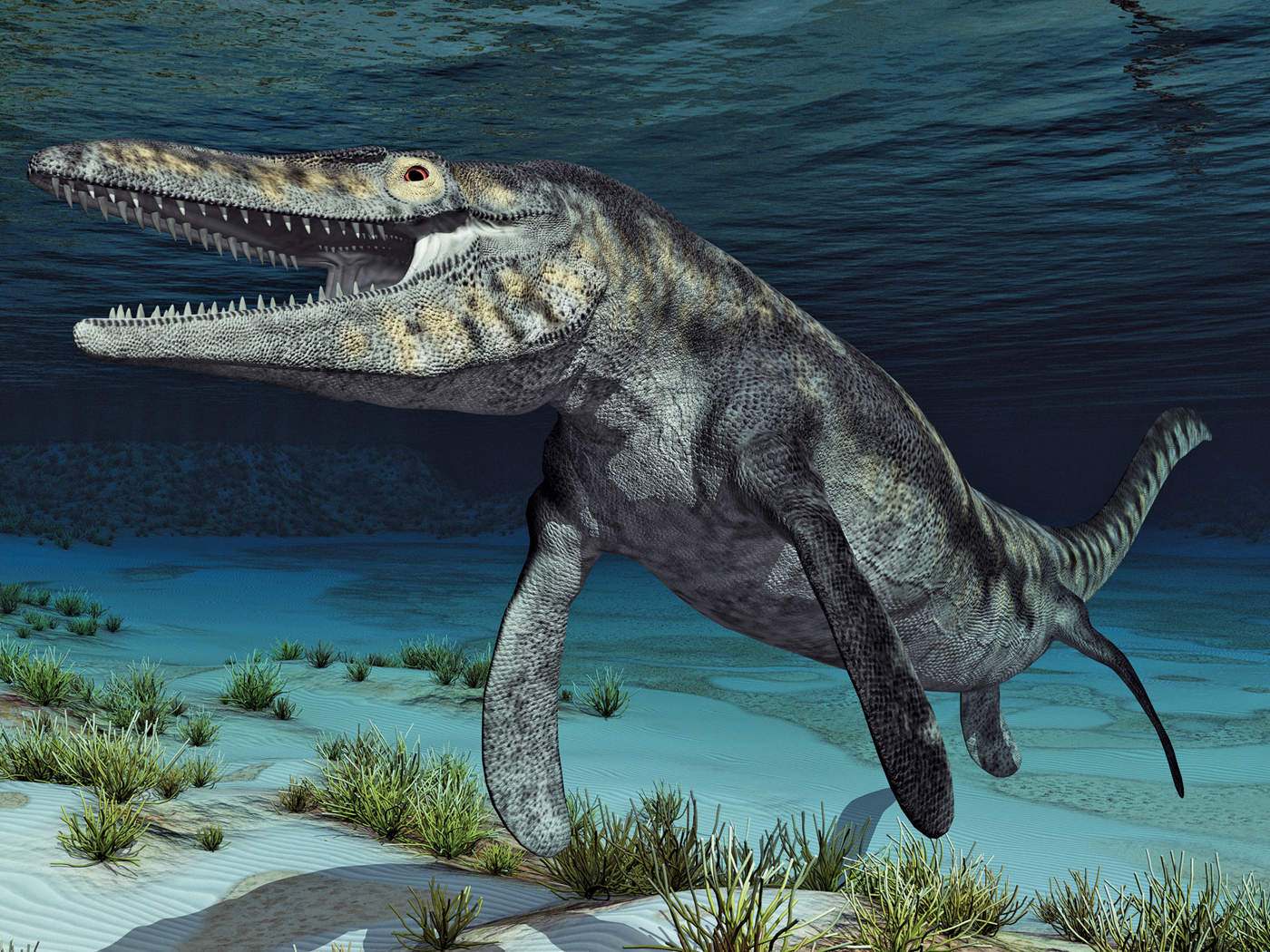In 1975, ICR's founder and hydrological engineer Dr. Henry Morris made some interesting human population calculations. He demonstrated the feasibility of obtaining today's world population in only about 6,000 years.1 A new science study presents a very different version of human history—one in which the population grew very slowly for 200,000 years.2 Which should we believe?
At stake lies the truthfulness of biblical statements such as "These were the families of the sons of Noah, according to their generations, in their nations; and from these the nations were divided on the earth after the flood."3 Does the science in this new report debunk Dr. Morris' 40-year-old argument and, by extension, the Bible?
H. Jabran Zahid of the Smithsonian Astrophysical Observatory in Cambridge led a study that estimated ancient human population growth rates. Their results, published in the Proceedings of the National Academy of Sciences (PNAS), referred to 7,900 radiocarbon dates for burial sites in Wyoming and Colorado. Their formulas showed an annual growth rate of 0.041%, or a human population doubling every 1,700 or so years—far too slow to generate 7 billion people since the Flood about 4,300 years ago.
The study authors wrote, "A 0.04% rate of growth retrodicts a global human population of a few individuals 50,000 years ago."2 However, Dr. Henry Morris' article noted that the actual growth rate between 1650 AD and 1800 AD was about 0.33% per year. The rate has spiked to around 2.0% worldwide in the last few centuries. Morris also noted that to obtain today's population from Adam and Eve in only 6,000 years suggests a growth rate of about 0.5% per year. Basically, the biblical and historical rates are both an order of magnitude (about ten times) faster than the one tied to secular radiocarbon age estimates.
Which estimate should be trusted and why?
One quote gives the answer. According to PNAS, "To measure the rate of growth for 6,000-13,000 cal BP [calibrated radiocarbon years before present],4 we fit a linear model to the logarithm of the SPD [summed probability distribution] as a function of time. The slope of the fit is the exponential rate of growth, which we report as an annual percentage."2 So, they fitted a model to time. Which timeline did they use? The evolutionary timeline, of course.
These researchers assumed that ancient radiocarbon age estimates from the Western United States generally correspond to actual calendar dates. In other words, they calculated growth rates by placing population size estimates on an extra-long timeline. This circular procedure ensures a very slow human population growth. No wonder it conflicts with biblical history.
In the same 1975 article Dr. Morris also wrote about secular scientists' speculations on ancient human population growth, saying, "Such guesses are useless, however, because they are based on a discredited model, that of human evolution."1 This new study confirms that secular ideas about ancient humans, masked under complicated scientific procedures, still lean on human evolution as a foundational assumption—four decades later.
The evolutionary idea that our population has grown so slowly that it would have taken over 50,000 years to reach today's numbers assumes the very age it asserts. It also flies in the face of historical population growth rates—two good reasons to reject it. If rejected, then the old argument for biblical history from human population growth rates still stands tall.5
References
- Morris, H. M. 1975. Evolution and the Population Problem. Acts & Facts. 4 (1).
- Zahid, H. J., E. Robinson, and R. L. Kelly. Agriculture, population growth, and statistical analysis of the radiocarbon record. Proceedings of the National Academy of Sciences. Published online before print December 22, 2015, accessed December 28, 2015.
- Genesis 10:32.
- This calibration procedure adjusts raw radiocarbon dates to more closely match a mixture of science-based and evolution-based expectations, shown as a curve of radiocarbon age estimates on a timeline.
- See also Thomas, B. Earth Hit the 7-Billion Mark Too Late. Creation Science Update. Posted on icr.org October 27, 2011, accessed December 29, 2015.
*Mr. Thomas is Science Writer at the Institute for Creation Research.
Article posted on January 18, 2016.



















